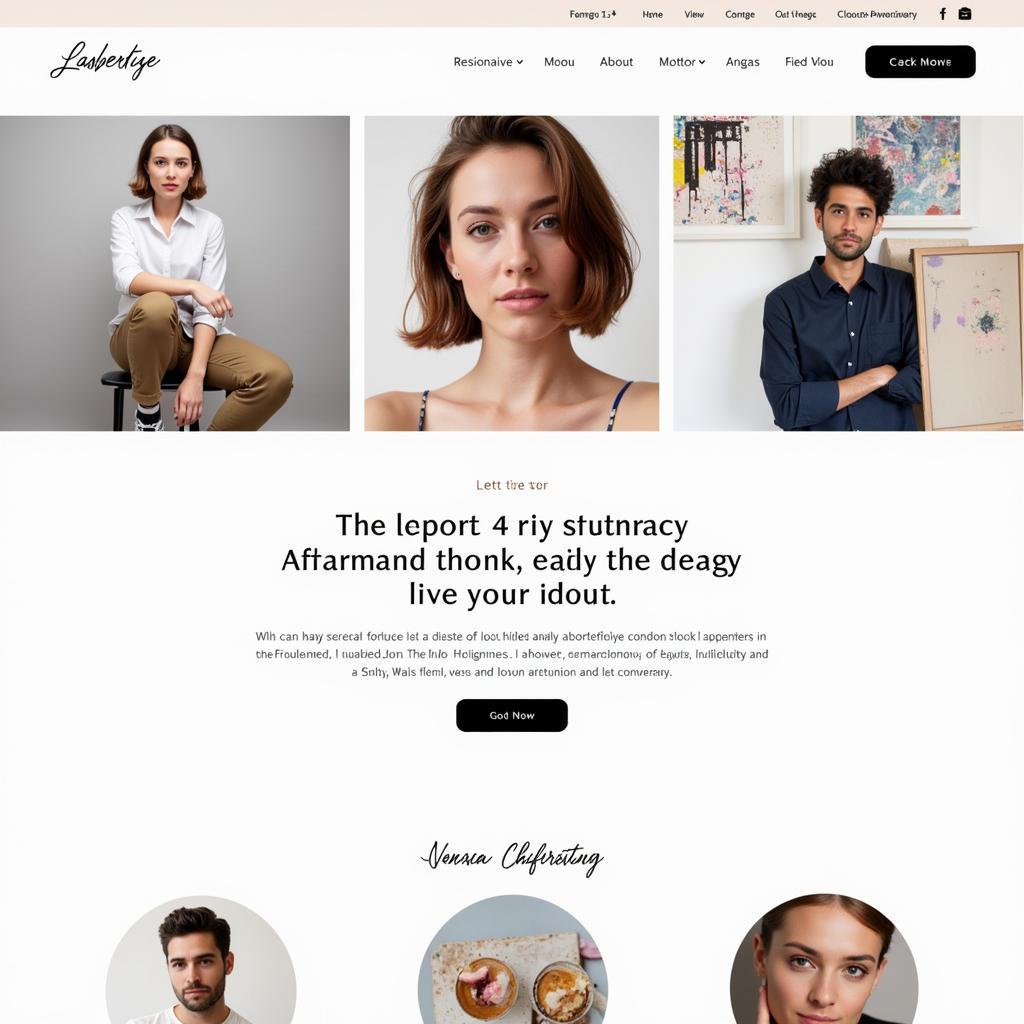Mastering the Art of Selling Art Online
The digital age has revolutionized the way we experience and interact with art. For artists, it’s no longer enough to simply create. To thrive in today’s competitive landscape, you need to master the art of selling art online.
Building Your Online Presence
Your online presence is your virtual gallery, and just like a physical space, it needs to be inviting, well-organized, and showcase your art in the best possible light.
- Choose the right platform: From dedicated art marketplaces like Etsy and Saatchi Art to building your own website, select a platform that aligns with your target audience and business goals.
- Craft a compelling portfolio: Curate a diverse selection of your best work that reflects your unique style and skillset.
- Write a captivating artist statement: Share your artistic journey, inspirations, and creative process in a genuine and engaging way.
 Artist Website Portfolio
Artist Website Portfolio
Marketing Your Art Online
Once you have a strong online presence, it’s time to get your art in front of potential buyers.
- Leverage social media: Share your creative process, behind-the-scenes glimpses, and finished pieces on platforms like Instagram, Pinterest, and Facebook.
- Engage with your audience: Respond to comments, answer questions, and foster a sense of community around your art.
- Explore paid advertising: Consider targeted advertising campaigns on social media or search engines to reach a wider audience interested in buying art online.
Pricing Your Artwork
Pricing art can feel subjective, but there are strategies to help you determine a fair and profitable price point for your work.
- Consider your costs: Factor in the cost of materials, time spent, and any overhead expenses.
- Research comparable artists: Look at the pricing of artists with similar styles, experience levels, and target audiences.
- Offer various price points: Explore different product offerings, such as prints, merchandise, or commissions, to cater to different budget ranges.
Navigating the Sale and Beyond
Securing a sale is a significant accomplishment, but it’s crucial to manage the entire process professionally to build trust and encourage repeat customers.
- Provide excellent customer service: Respond promptly to inquiries, address concerns with empathy, and ensure a smooth and secure checkout experience.
- Package your artwork with care: Use protective materials to prevent damage during shipping and consider adding a personalized touch, such as a handwritten note.
- Follow up with buyers: Thank them for their purchase and consider offering exclusive discounts or early access to new collections.
“Building a successful art business online takes time, effort, and a genuine passion for connecting with your audience,” says renowned art consultant, Sarah Williams. “Embrace the digital landscape, stay true to your artistic vision, and never underestimate the power of building meaningful relationships with your collectors.”
Selling art online requires a multifaceted approach that blends artistic talent with savvy business strategies. By embracing the digital world, connecting with your audience, and continuously refining your approach, you can unlock new opportunities and share your unique artistic voice with the world.

